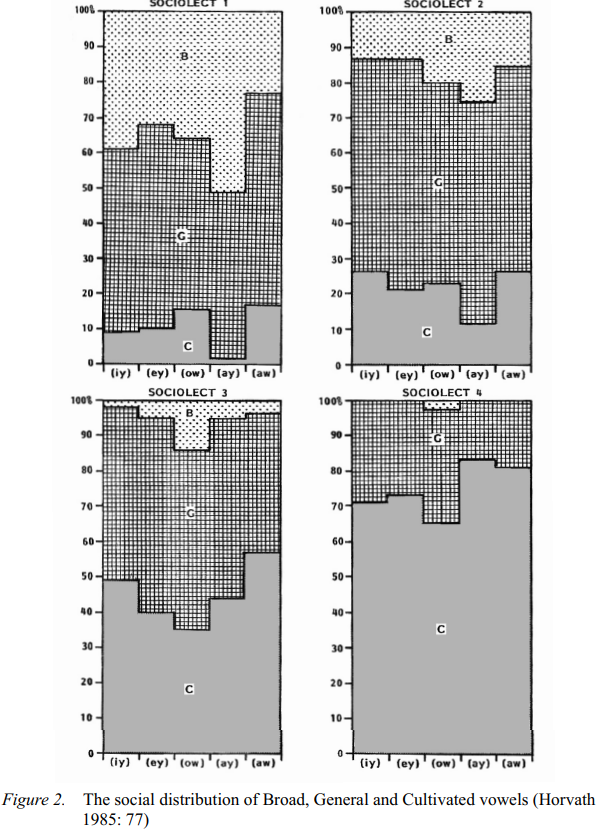

Grammar


Tenses


Present

Present Simple

Present Continuous

Present Perfect

Present Perfect Continuous


Past

Past Simple

Past Continuous

Past Perfect

Past Perfect Continuous


Future

Future Simple

Future Continuous

Future Perfect

Future Perfect Continuous


Parts Of Speech


Nouns

Countable and uncountable nouns

Verbal nouns

Singular and Plural nouns

Proper nouns

Nouns gender

Nouns definition

Concrete nouns

Abstract nouns

Common nouns

Collective nouns

Definition Of Nouns

Animate and Inanimate nouns

Nouns


Verbs

Stative and dynamic verbs

Finite and nonfinite verbs

To be verbs

Transitive and intransitive verbs

Auxiliary verbs

Modal verbs

Regular and irregular verbs

Action verbs

Verbs


Adverbs

Relative adverbs

Interrogative adverbs

Adverbs of time

Adverbs of place

Adverbs of reason

Adverbs of quantity

Adverbs of manner

Adverbs of frequency

Adverbs of affirmation

Adverbs


Adjectives

Quantitative adjective

Proper adjective

Possessive adjective

Numeral adjective

Interrogative adjective

Distributive adjective

Descriptive adjective

Demonstrative adjective


Pronouns

Subject pronoun

Relative pronoun

Reflexive pronoun

Reciprocal pronoun

Possessive pronoun

Personal pronoun

Interrogative pronoun

Indefinite pronoun

Emphatic pronoun

Distributive pronoun

Demonstrative pronoun

Pronouns


Pre Position


Preposition by function

Time preposition

Reason preposition

Possession preposition

Place preposition

Phrases preposition

Origin preposition

Measure preposition

Direction preposition

Contrast preposition

Agent preposition


Preposition by construction

Simple preposition

Phrase preposition

Double preposition

Compound preposition

prepositions


Conjunctions

Subordinating conjunction

Correlative conjunction

Coordinating conjunction

Conjunctive adverbs

conjunctions


Interjections

Express calling interjection

Phrases

Sentences


Grammar Rules

Passive and Active

Preference

Requests and offers

wishes

Be used to

Some and any

Could have done

Describing people

Giving advices

Possession

Comparative and superlative

Giving Reason

Making Suggestions

Apologizing

Forming questions

Since and for

Directions

Obligation

Adverbials

invitation

Articles

Imaginary condition

Zero conditional

First conditional

Second conditional

Third conditional

Reported speech

Demonstratives

Determiners


Linguistics

Phonetics

Phonology

Linguistics fields

Syntax

Morphology

Semantics

pragmatics

History

Writing

Grammar

Phonetics and Phonology

Semiotics


Reading Comprehension

Elementary

Intermediate

Advanced


Teaching Methods

Teaching Strategies

Assessment
The social dimensions of the phonological continuum – vowels
المؤلف:
Barbara M. Horvath
المصدر:
A Handbook Of Varieties Of English Phonology
الجزء والصفحة:
633-35
2024-04-23
1055
The social dimensions of the phonological continuum – vowels
Whereas most other researchers have classified speakers as belonging to one of the three varieties, Horvath approached the description of the vowel system from a different perspective. Using a statistical procedure called principal components analysis, she was able to group the speakers from her sociolinguistic study who were similar in their overall linguistic behavior on five vowels (FLEECE, FACE, GOAT, PRICE and MOUTH). In place of a three-way division of the AusE spectrum, she argued for a four way division and simply named them Sociolects 1–4, with Broad corresponding most closely to Sociolect 1, Cultivated to Sociolect 4 and General to Sociolects 2 and 3. As Figure 2 shows, no speaker used only Broad, General or Cultivated vowels but each variety consisted of a mix of all of the vowel pronunciations; the Broad variety used more ‘broad’ vowels and the Cultivated used more ‘cultivated’ vowels, but all speakers often used ‘general’ vowels. No variety existed in a ‘pure’ form. Furthermore, the varieties correlated with social class and gender. At the Broad end of the continuum men and the working class predominated while women and the middle class were associated with the Cultivated end. In fact, at the most Cultivated end of the continuum, there were only women.
The falling diphthongs also show an interesting social and linguistic distribution. Horvath (1985) found that the NEAR vowel was more than twice as often pronounced with the two targeted variant [iə] than it was for the SQUARE vowel. The reverse was true for the monophthongal variant: speakers are more than twice as often heard pronouncing hair as [he:] than they are heard saying [bi:] for beer. The social distribution indicates that the middle class favors some kind of diphthongal realization, either an offglide or a two-targeted variant. The monophthongal variant was associated with working class speakers, older speakers, and men.

 الاكثر قراءة في Phonology
الاكثر قراءة في Phonology
 اخر الاخبار
اخر الاخبار
اخبار العتبة العباسية المقدسة

الآخبار الصحية















 قسم الشؤون الفكرية يصدر كتاباً يوثق تاريخ السدانة في العتبة العباسية المقدسة
قسم الشؤون الفكرية يصدر كتاباً يوثق تاريخ السدانة في العتبة العباسية المقدسة "المهمة".. إصدار قصصي يوثّق القصص الفائزة في مسابقة فتوى الدفاع المقدسة للقصة القصيرة
"المهمة".. إصدار قصصي يوثّق القصص الفائزة في مسابقة فتوى الدفاع المقدسة للقصة القصيرة (نوافذ).. إصدار أدبي يوثق القصص الفائزة في مسابقة الإمام العسكري (عليه السلام)
(نوافذ).. إصدار أدبي يوثق القصص الفائزة في مسابقة الإمام العسكري (عليه السلام)


















